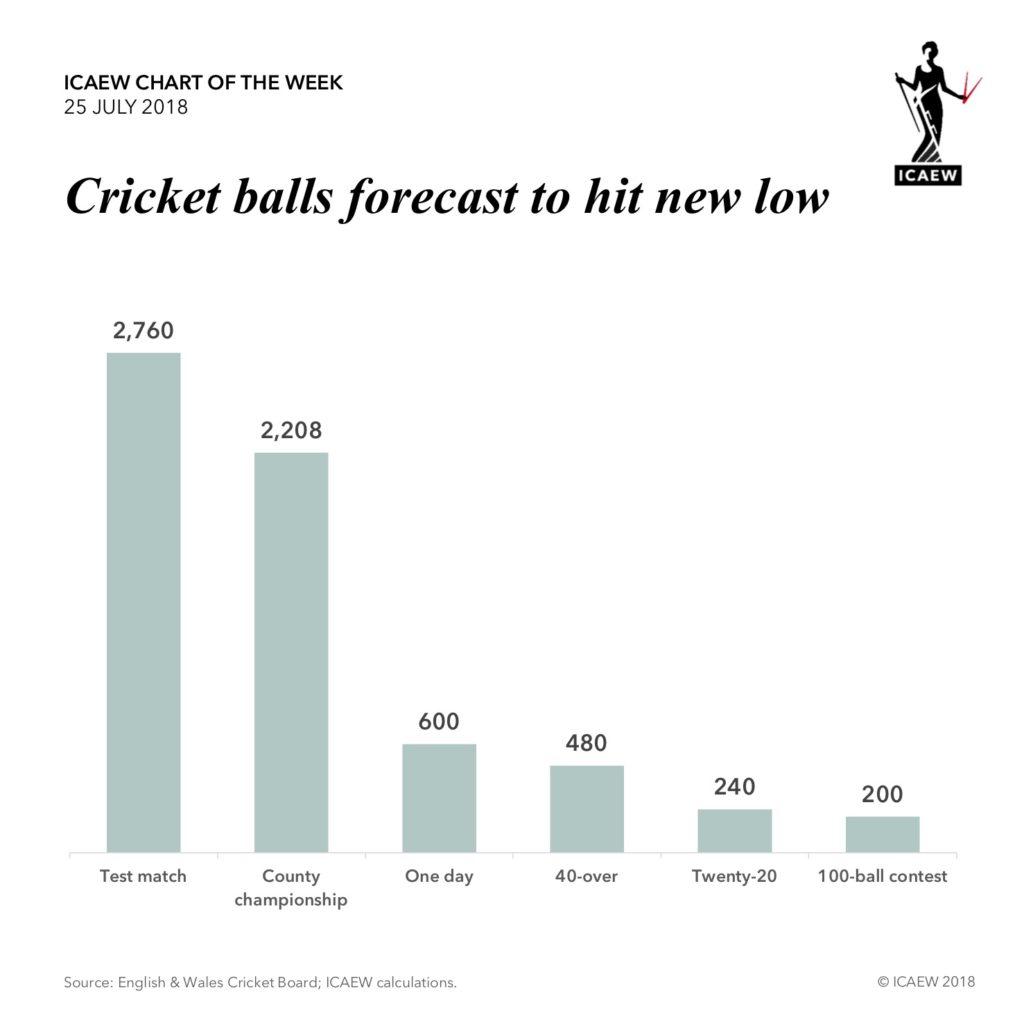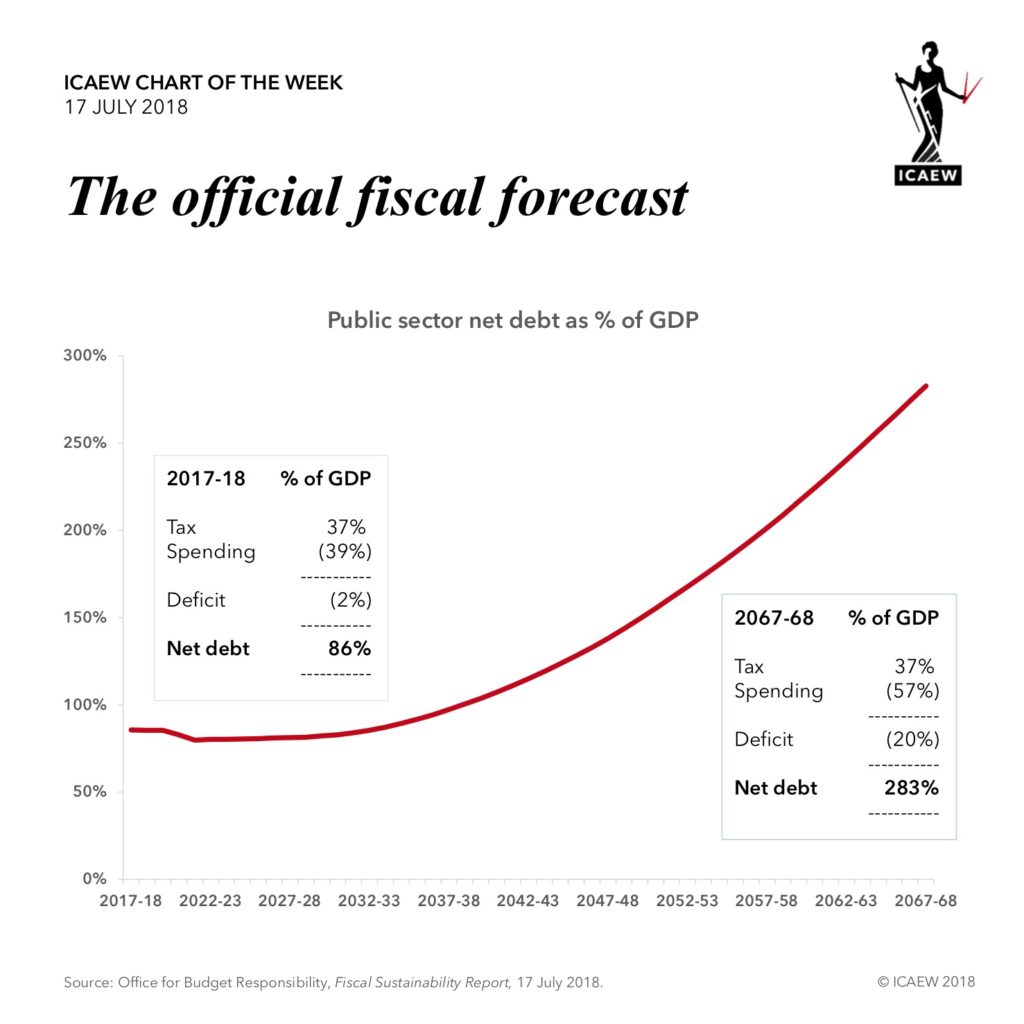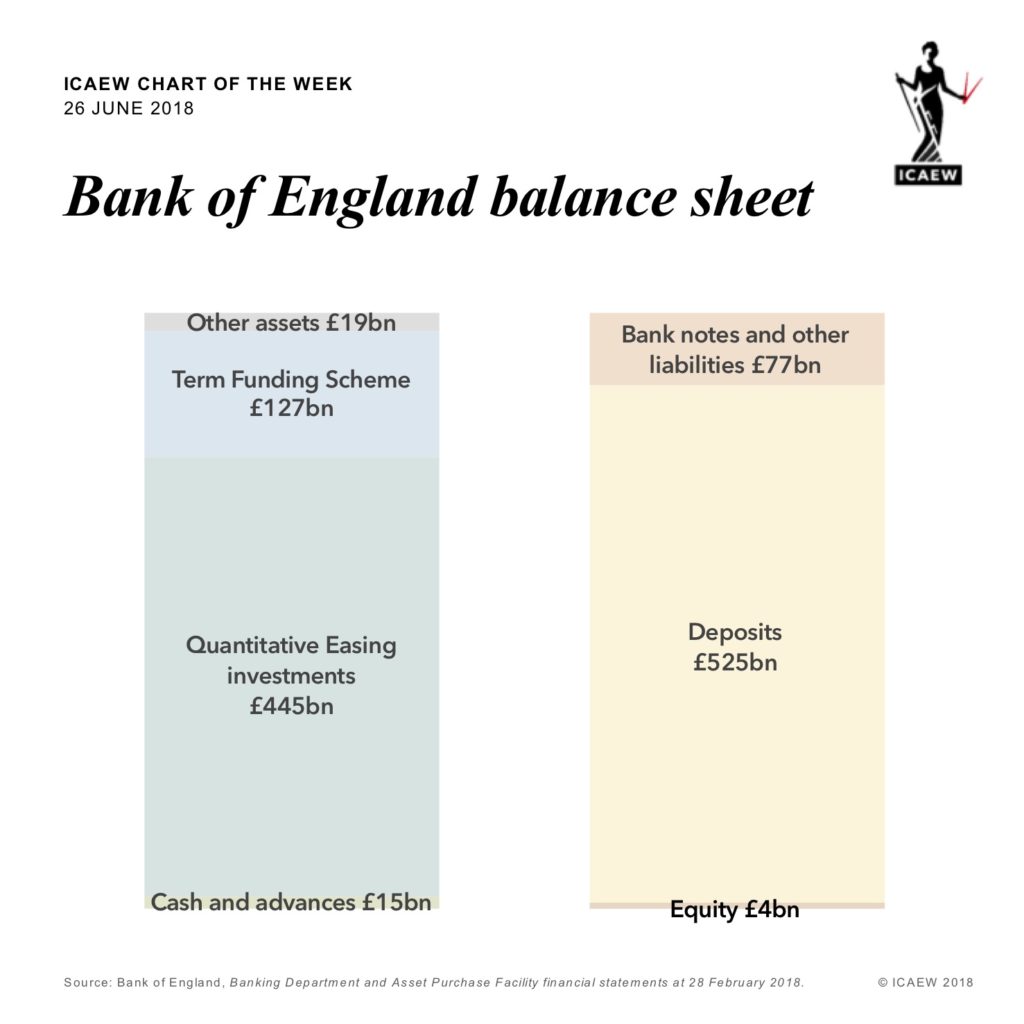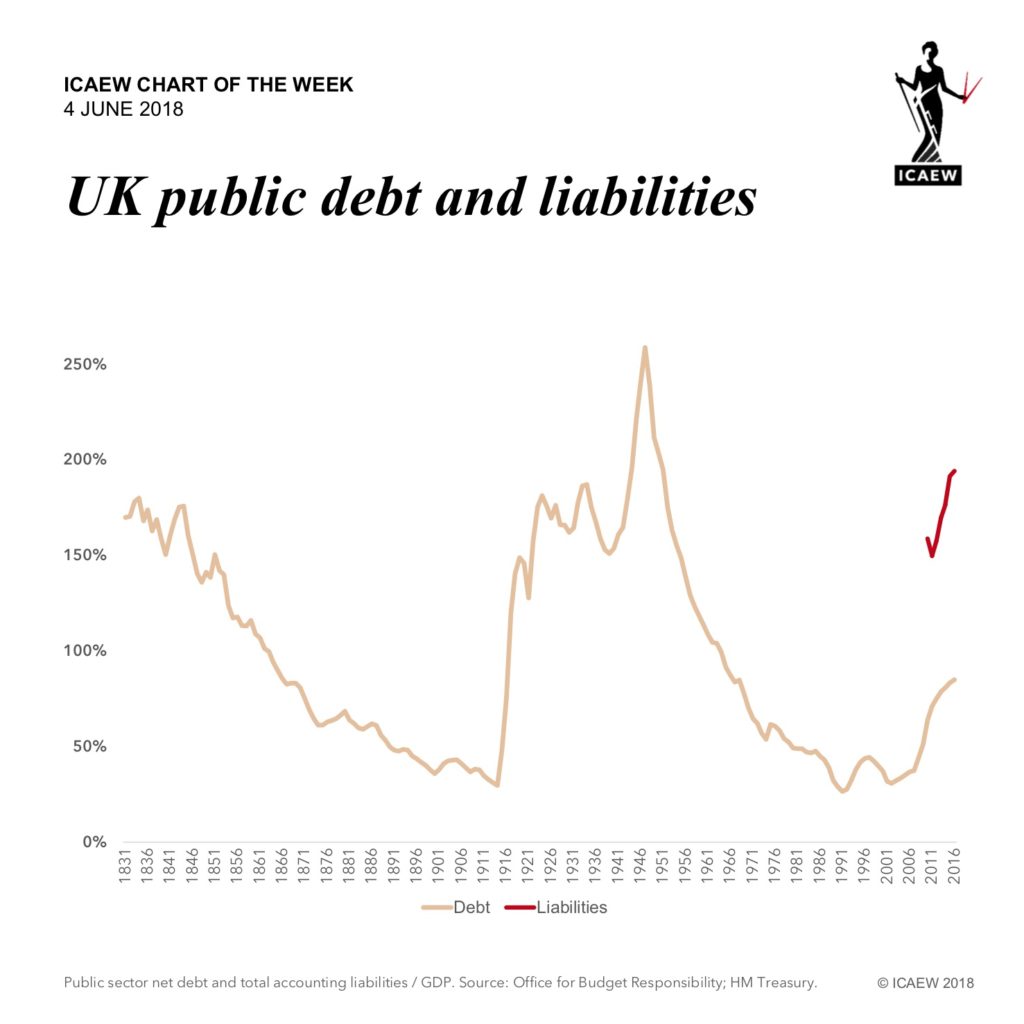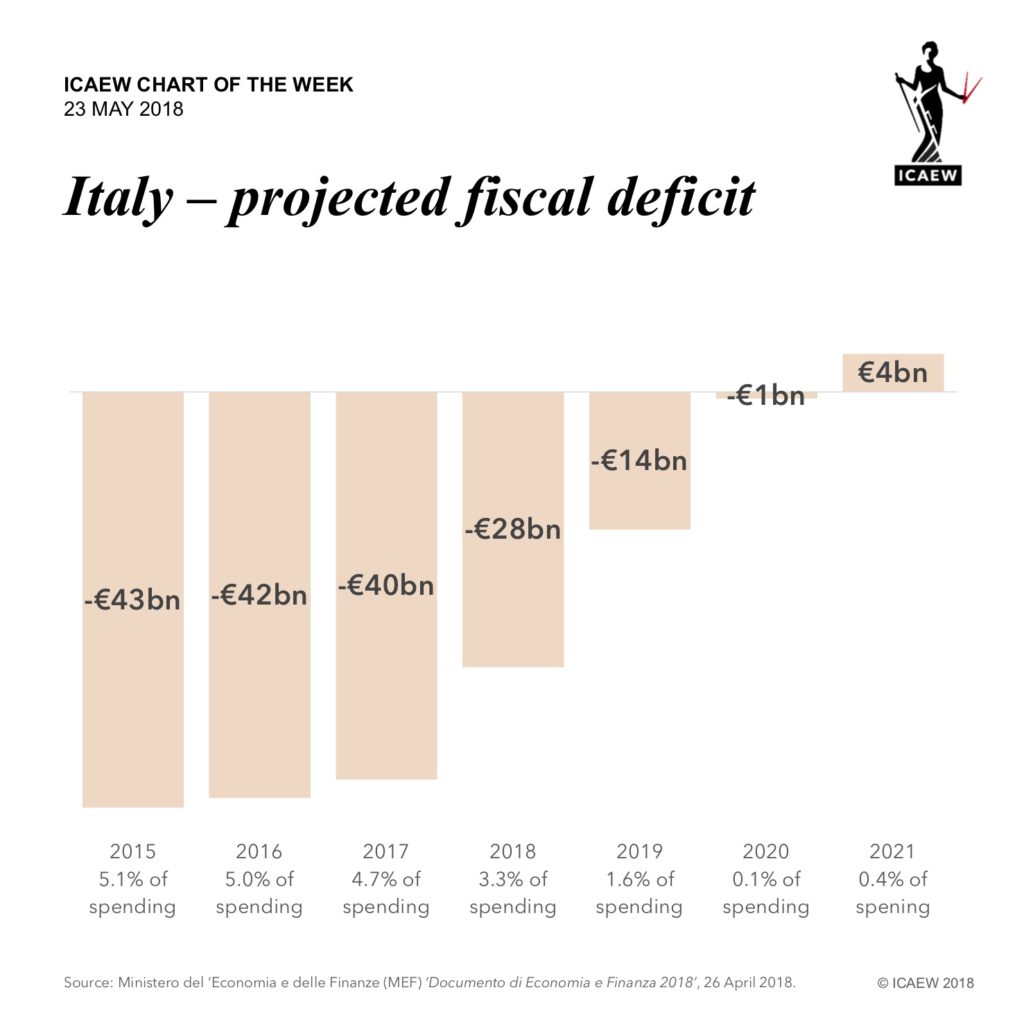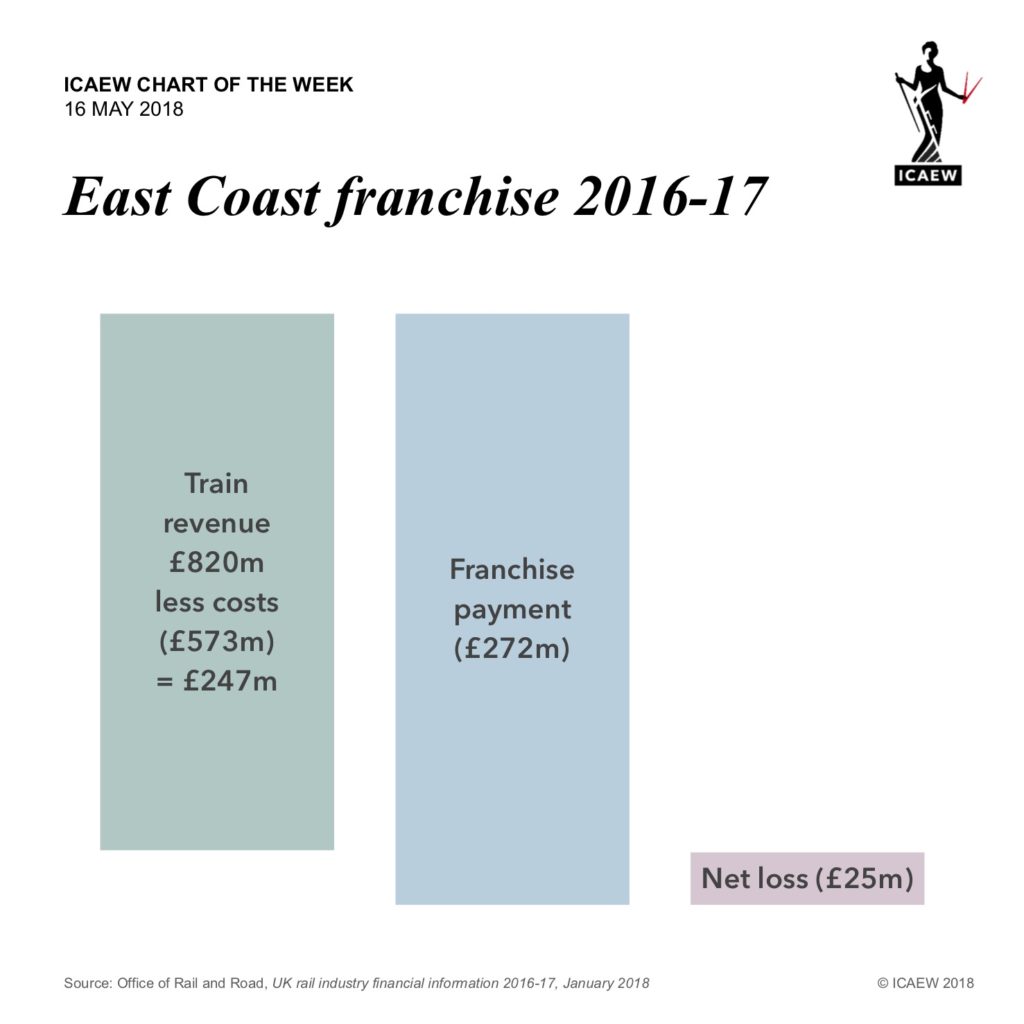July’s heat wave has turned our thoughts away from the public finances to the delights of the summer this week. Hot weather and blue skies. Sunbathing in the park. Ice-cream melting into a puddle. Swimming in open-air pools. Al fresco dining. The sound of leather on willow.
Howzat? Yes, no summer (at least in England) can pass without a controversy about cricket. This time the cricketing world has been rocked by proposals for a new five-ball over competition, potentially involving more than 11 players a side!
This just isn’t cricket! Although of course if they change the rules it will be…
Despite the melt-down on the sports pages, this proposal does need to be seen in context. Some of our older readers will no doubt remember the radical changes to the rules in 1889 when the length of an over was increased from four to five balls, while Australia and New Zealand played eight-ball overs up until 1979. Hence our chart this week: showing how many balls there are in a cricket match – from a 5-day test down to Twenty-20 and (potentially) the new 100-ball game.
Chart of the week will be taking a break during August while we work on a number of reports. It will be back in September, so until then we hope you enjoy the holidays!
